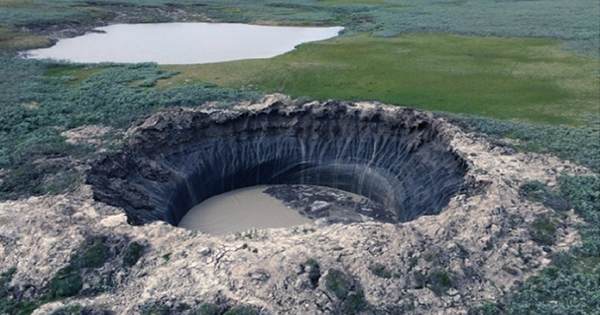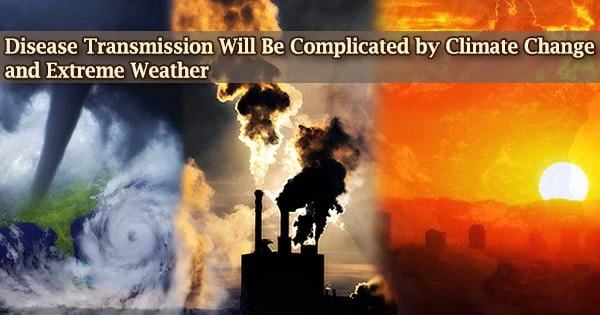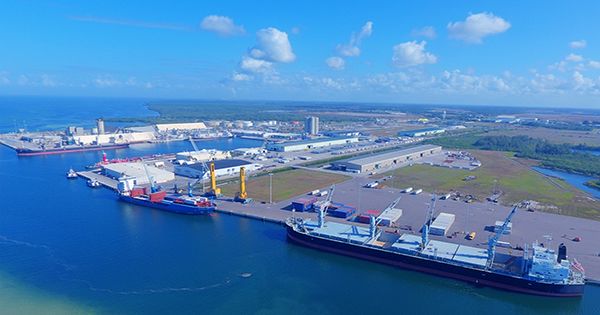Ecological urbanism focuses on ecology to inspire a more socially inclusive and environmentally conscious urbanism. It is a method of urban planning and design that aims to produce cities that are sustainable, ecologically friendly, and resilient. It is less ideologically motivated than green or sustainable urbanism. It acknowledges the interdependence of urban areas with their surrounding ecosystems and seeks to incorporate ecological concepts into city design and development.
In many aspects, ecological urbanism is both a development and a critique of Landscape Urbanism, pushing for a more holistic approach to urban design and management. This style of urbanism is defined by four key goals: compactness, complexity, efficiency, and stability. This Urbanism concept aims to address society’s present concerns by combining sustainability with urban habitation paradigms.
Miguel Ruano, an architect and planner, created the term “ecological urbanism” in his 1998 book Eco-Urbanism: Sustainable Human Settlements, 60 Case Studies. The word was first used to describe “the development of multidimensional sustainable human communities within harmonious and balanced built environments.”
Here are some key principles and aspects of ecological urbanism:
- Ecosystem Integration: It highlights the significance of incorporating natural systems and processes into urban environments. This includes maintaining and restoring green spaces, marshes, woods, and other natural elements in and around the city.
- Sustainable Transportation: Promoting alternative modes of transportation such as public transportation, cycling, and walking to reduce dependency on automobiles and reduce air pollution and congestion.
- Green Infrastructure: Green infrastructure elements such as green roofs, permeable pavements, and urban trees are being used to manage stormwater, minimize the urban heat island effect, and increase biodiversity.
- Biodiversity Conservation: Protecting and enhancing urban biodiversity by creating habitat corridors, wildlife-friendly landscapes, and urban parks that support native flora and fauna.
- Renewable Energy: Promoting the use of renewable energy sources such as solar and wind power to reduce greenhouse gas emissions and reliance on fossil fuels.
Resilience and Adaptation
Designing cities to be resilient to the impacts of climate change, such as rising sea levels, extreme weather events, and heatwaves. This may involve flood management, climate-responsive building design, and disaster preparedness planning. Involving local communities in the planning and decision-making processes to ensure that urban development aligns with the needs and values of residents.
Green Technology and Innovation
Smart grids, green infrastructure monitoring, and energy-efficient systems are examples of technology breakthroughs and data-driven approaches to improving urban sustainability and efficiency.
Overall, ecological urbanism aims to develop communities that are not only environmentally sustainable but also socially and economically vibrant, offering citizens a good quality of life while reducing their ecological imprint. It is a comprehensive approach to urban planning and development that seeks to find a balance between urban growth and environmental preservation.
















